#AutoSales
Q1 Auto Sales Up Overall, Challenges Remain
It’s become a fool’s errand to blithely quote gain/loss percentages in terms of car sales in America, given the wild supply chain swings and other market forces over the last few years. Yelling that the Corolla was up 65 percent in March helps no one in a vacuum, though if any of our readers are in a vacuum at the present moment we encourage them to seek assistance from the Bridge or Main Engineering.
Report: Wholesale Used Car Prices Decline Slightly
Wholesale used-vehicle prices reportedly saw a modest dip through the end of last month. However, it wasn’t enough to rationalize running out to the nearest automotive auction or setting up camp near your preferred dealership as you wait for the savings to come rolling in.
American Auto Sales Continue to Rebound in Q3 2023
With massive improvements in available inventory – and a strong demand despite gonzo interest rates – vehicle sales were very robust last quarter and indeed for the entire year to date. In fact, if it weren’t for Stellantis, our chart would be green across the board.
Study: Auto Execs Are Becoming Less Optimistic About EV Adoption
Automotive executives are reportedly scaling back their expectations for EV adoption, according to an annual survey conducted by KPMG International. Last year, professionals working at the top of the industry reported that they believed (on average) that over half of all new vehicles sold in the United States by 2030 would be battery-electric. But their faith in electrification appears to be evaporating, with most respondents suggesting that particular goal is no longer achievable.
Kinda Sorta: New Car Market Shows Signs of Improvement
Despite ongoing dealer markups, rising interest rates, and evidence suggesting that new vehicles are suffering from a lapse in quality control, the automotive market is allegedly improving – at least in terms of sales volume. U.S. light-vehicle deliveries increased last month from the abysmal levels witnessed in October 2021. But the entire issue basically comes down to the industry managing to produce more cars than it had been.
QOTD: Why Aren’t EVs Becoming More Affordable?
Ford increased pricing on the F-150 Lightning EV substantially this week, citing “significant material cost increases and other factors.” The all-electric model now comes with an MSRP that ranges between $46,974 (for the base Pro trim) and $96,874 (for the Extended Range Platinum). All told, the decision has made the pickup anywhere from $6,000 to $8,500 more expensive than it was just a few days earlier. In exchange, Blue Oval has ever so slightly upgraded the maximum range of some of the lower trims. But some of us would probably prefer a more comprehensive explanation as to what’s causing EV prices to surge in general, because it’s not just Ford that’s been raising the sticker price of in-demand electric vehicles.
Light Vehicle Sales Drop in Second Quarter of 2022
Americans continue to buy vehicles nearly as fast as they arrive on dealer lots, as the nation is rife with stories chronicling perpetually empty lots and some establishments making bank with obscene markups.
We’ll leave those latter two topics for another day. Meanwhile, despite a consumer hunger for new cars, the market is down sharply compared to this time last year – double-digit percentages, in fact.
Report: U.S. Automotive Market in Rough Shape
The U.S. light-vehicle market doesn’t appear to be in the best health. While many automakers now opt against issuing monthly sales reports, those that still do are posting some pretty brutal numbers.
This does not bode well for an industry that seemed pretty certain that 2022 would be its recovery year. However, it is on-brand with the slew of announcements made by manufacturers warning about supply constraints and an inability to manufacture at scale. There has also been a growing sense that some consumers may be shunning vehicles that have spent the last several months trading well above what seems rational. Wholesale pricing actually declined by roughly 6 percent since the January record. Though you may not see that represented on dealer lots or even have noticed if it was because last month still saw transactions averaging 14 percent higher than they were last year.
Survey Suggests Americans Still Doubt EVs [UPDATED]
While plug-in vehicles are catching on in Europe, representing 21 percent of all new registrations in the first quarter of 2022, they’ve been less popular in the United States. Only about 5.2 percent of American registrations were of the plug-in variety (representing hybrid and purely electric vehicles) during the same timeframe. Despite the industry spending billions to develop and market these vehicles, with some progress being made, the overall take rate within North America remains underwhelming.
Ardent fans of battery based powertrains will undoubtedly disagree. But a couple of studies came out this month that drove the point home. Autolist’s Annual Electric Survey dropped earlier this month, effectively outlining why EVs haven’t been able to make more headway in the states.
Porsche Becoming Volume Brand
While it may not be on the cusp of supplanting Toyota in terms of sales, the Porsche brand has enjoyed relatively consistent growth since 2009. Despite 2020 representing a poor sales year for just about everyone who wasn’t producing vaccines, the German manufacturer weathered the storm better than most and came back to break a few records the following year.
By the end of 2021, Porsche had sold nearly 302,000 vehicles globally. It also managed to break its previous sales records in China and the United States. Considering that global production volumes have remained suppressed by supply chain problems, it was an impressive accomplishment. However, Detlev von Platen, Executive Board Member Sales & Marketing at Porsche AG, believes the automaker can still outdo itself in 2022.
Industry Braces for Increased Volumes, Lower-Margin Vehicles
It’s a little early in the year to say anything definitive about 2022 vehicle volumes, however, the automotive industry has been signaling that production numbers should begin to rise in the coming months. While that sentence should be cause for a sigh of relief, there are parts of the industry that might not feel as good about it as you probably do.
With supply chain problems having drastically limited vehicle production during the pandemic, many dealers opted to price their goods well above anything that could be considered normal. This worked out poorly for many of the smaller outfits as larger retailers enjoyed record-breaking profits in 2021. Some manufacturers also benefited financially, as the chip shortage allowed them to prioritize their highest-margin products. Unfortunately for them, 2022 is likely to bring affordable vehicles back into play and gradually pull pricing closer to something approaching normality.
Dodge Challenger Finally Takes Sales Crown
For the first time since American muscle returned to the assembly line in earnest, Dodge’s Challenger has managed to outsell both the Ford Mustang and Chevrolet Camaro inside the United States. Though Mopar fans might point out that Dodge would win every year if we bothered to include Charger sales in the headcount or were more precise when making determinations about what constitutes a muscle vs pony car.
Regardless of semantics, the Big Three have their performance icons and the Challenger has taken the two-door sales crown for the first time in modern history. Sadly, it was less about Dodge making inroads with new customers than it was about the other brands flubbing things. Performance vehicles aimed at the middle class are presently experiencing a rough patch, with the Challenger having lost the least amount of ground in the last decade.
Lincoln Now Sells More Product in China Than U.S.
After years of Ford unsuccessfully trying to court the Chinese market in the same way General Motors did, Blue Oval has finally hit an important milestone. For the first time ever, the Lincoln luxury brand has achieved more sales in China than in the United States.
On Thursday, Lincoln announced that it had delivered more than 91,000 vehicles in China in 2021 – representing an increase of 48 percent increase against 2020. Meanwhile, the brand managed to lose ground in North America with just 86,929 sales for last year. That’s the worst Lincoln has seen in over a decade, though the company has basically witnessed its share of the U.S. market seesawing in the wrong direction since the 1990s.
Early 2022 Auto Sales Forecasts Are Disheartening
After a tough couple of years, consumers went into 2022 hopeful that unhinged automotive pricing and lean dealer lots would be a thing of the past. However, analysts and industry groups have gone from being cautiously optimistic just a few weeks ago to fairly sullen about the prospects of North American shoppers locating anything that could be considered a square deal.
Goldman Sachs recently issued a report that attempted to encapsulate the whole picture, citing sustained congestion at the ports, pandemic-related factory closures, market inflation, millions of people just dropping out of the workforce, and continued complications stemming from the semiconductor shortage. It estimated that vehicle pricing would fail to go down — and may even pitch up in the first half of 2022 — until all of the above issues have been addressed. But it was hardly the only group chiming in or suggesting that the hard times could last through 2023, as the goalpost for what should be deemed acceptable is moved yet again.
Toyota Is Now America's Best-Selling Automaker
Japanese automaker Toyota Motor Corp looks set to embarrass American automakers on their home turf by ending the year as the U.S. market’s top-selling brand for 2021.
Toyota had previously reported it moved 688,813 vehicles in the United States from April to June, outperforming General Motors and setting the stage for the rest of the year. At the time, the domestic manufacturer claimed its numbers were down due to the global semiconductor shortage that continues to disproportionally impact American automakers. While there are a few sound logistical reasons for that, the chip deficit also becomes a convenient excuse for brands that cannot seem to get their general supply chains under control. No matter how you slice it, GM looks to have screwed up managing inventory and Toyota is picking up the slack.

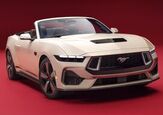

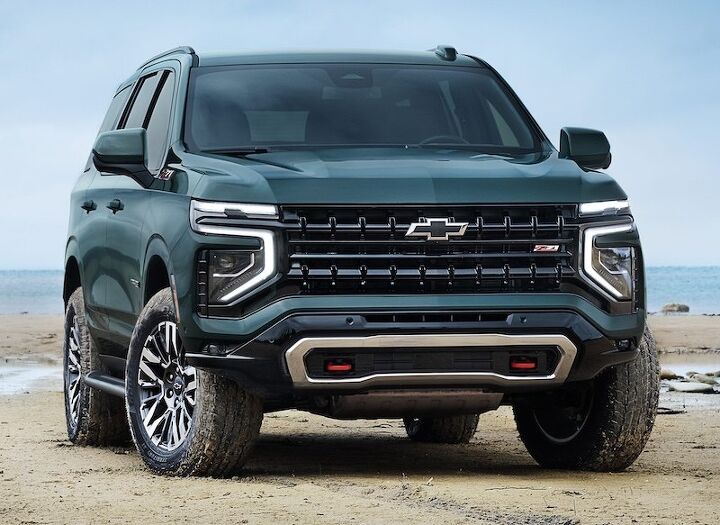

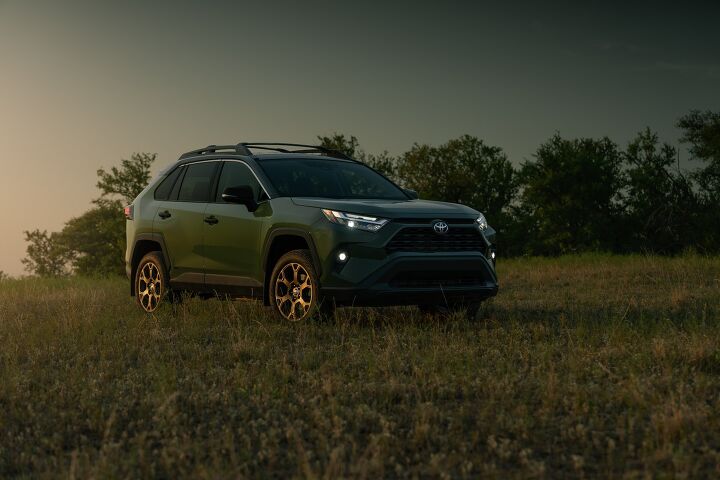


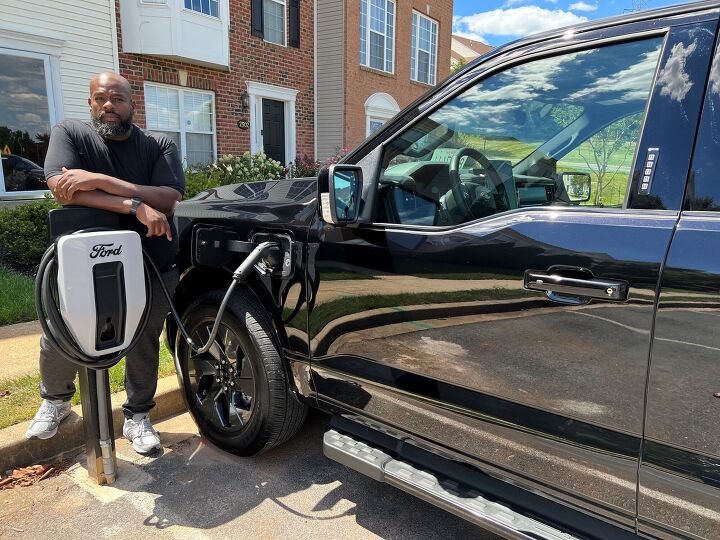


![Survey Suggests Americans Still Doubt EVs [UPDATED]](https://cdn-fastly.thetruthaboutcars.com/media/2022/07/19/9146893/new-york-to-ban-sale-of-gasoline-vehicles-after-2035.jpg?size=720x845&nocrop=1)
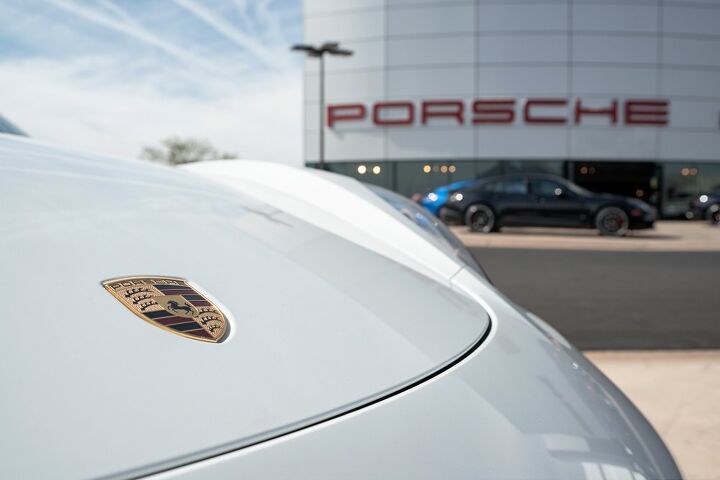

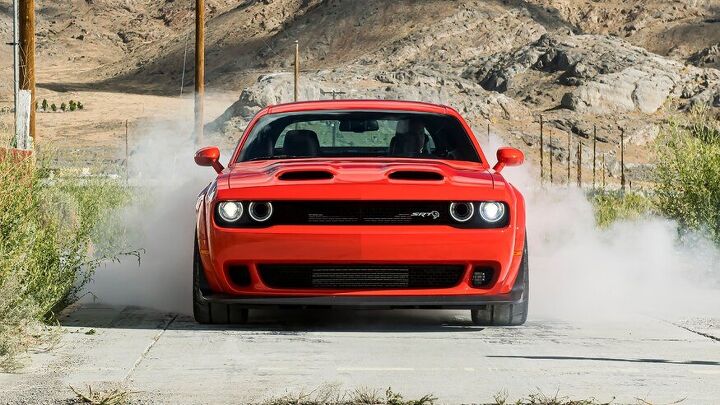

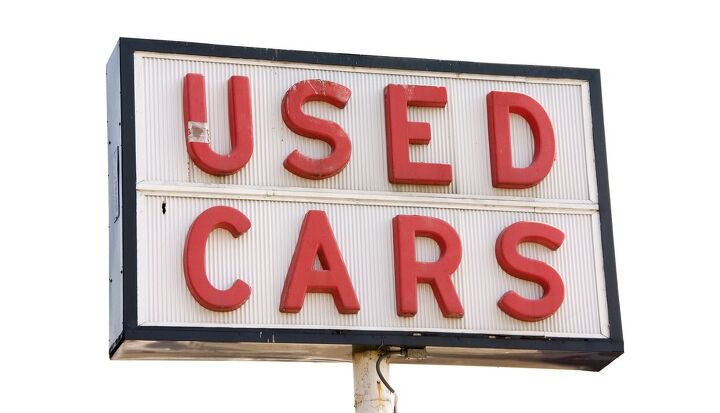
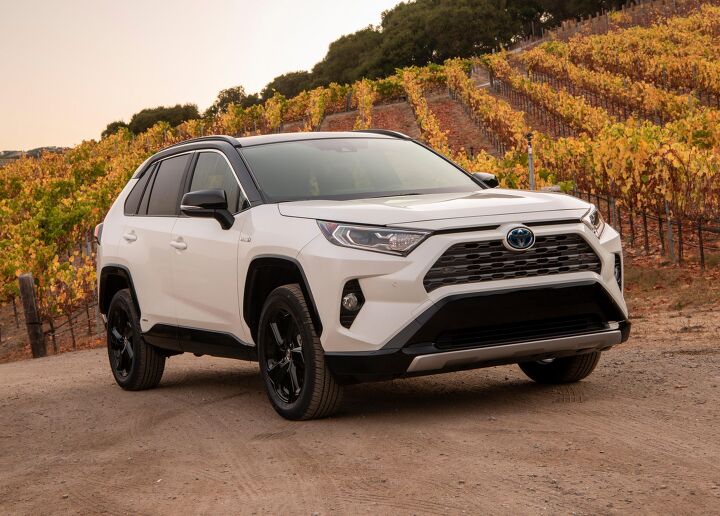





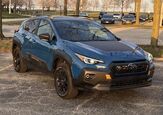
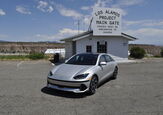





Recent Comments